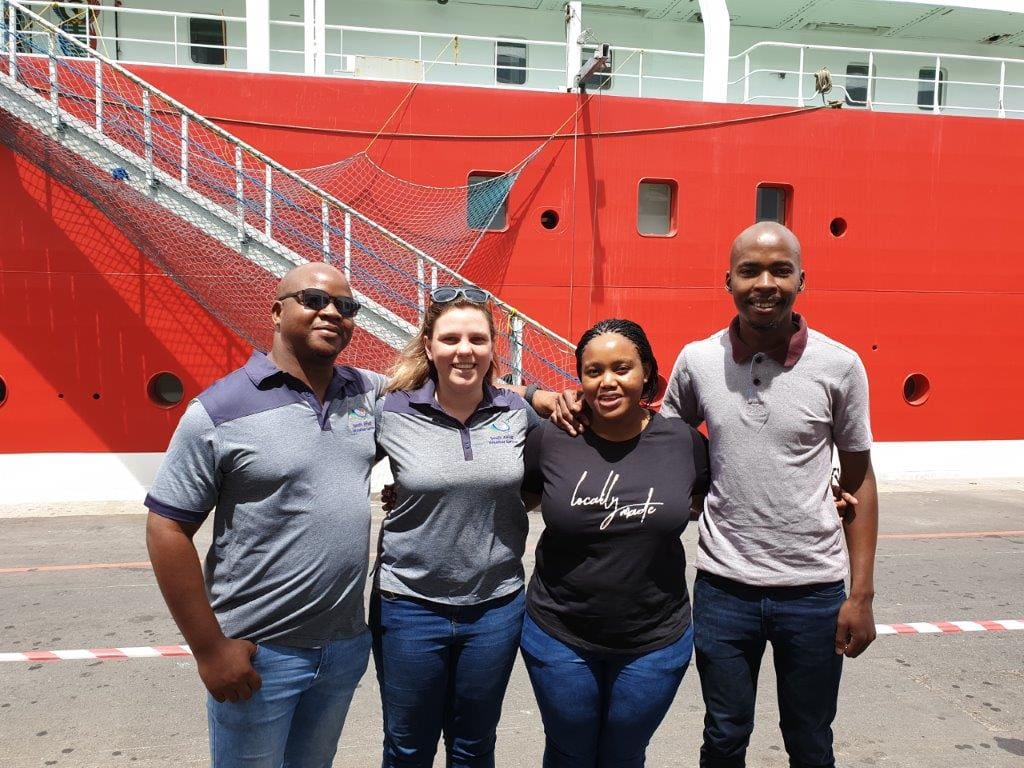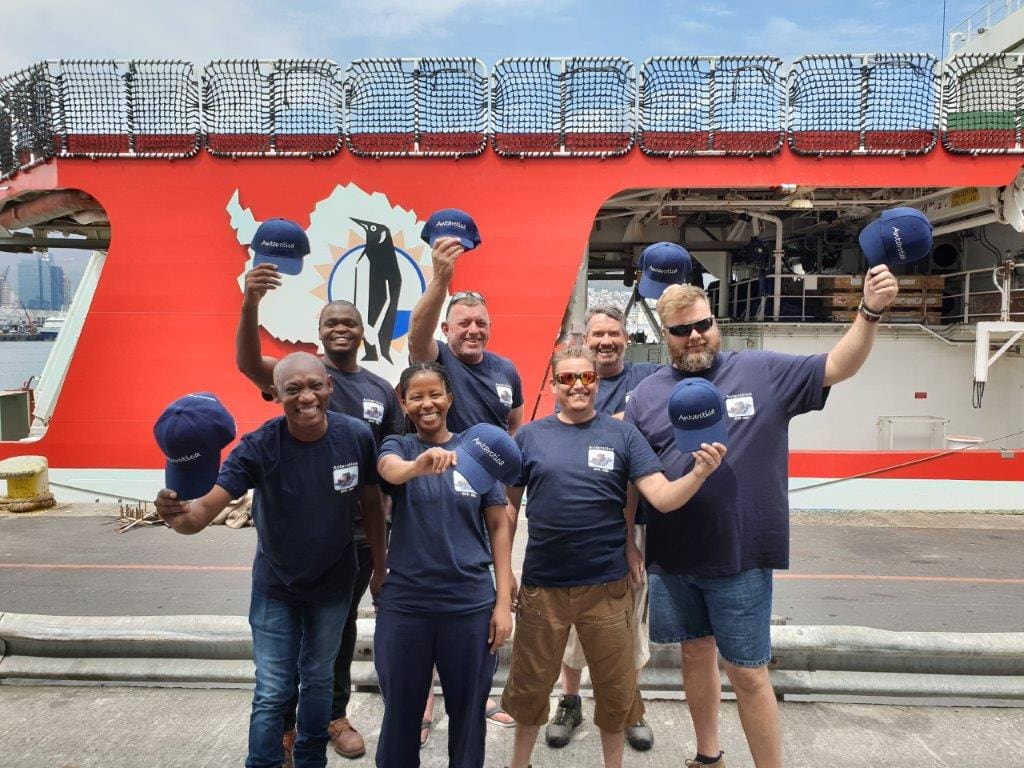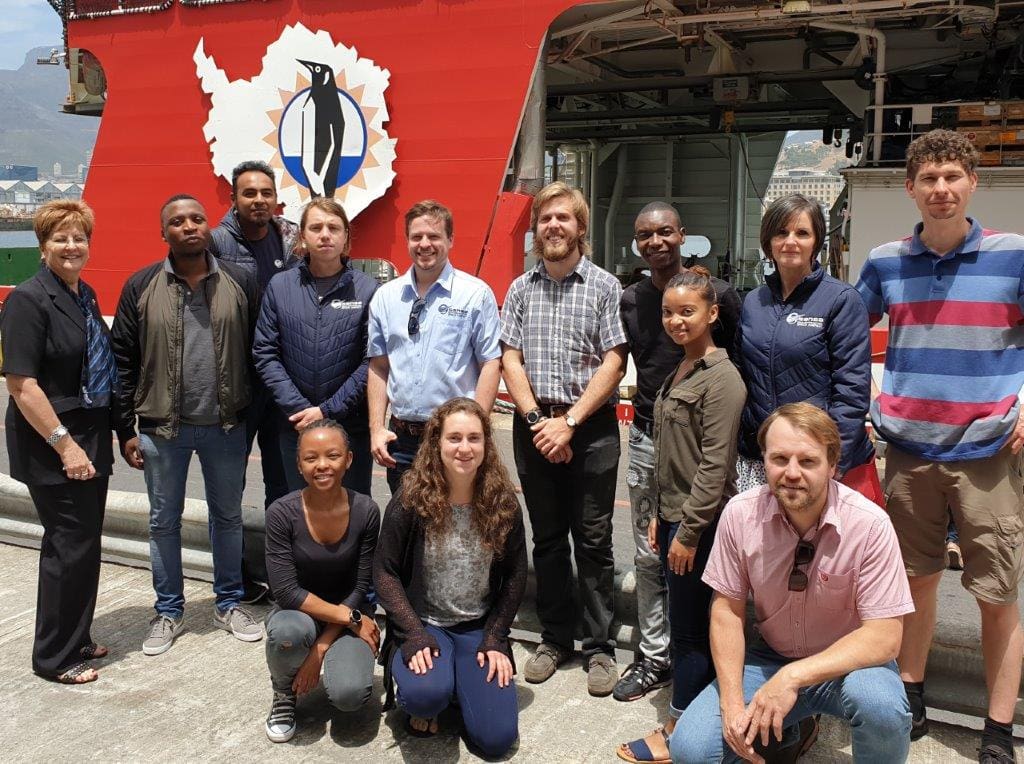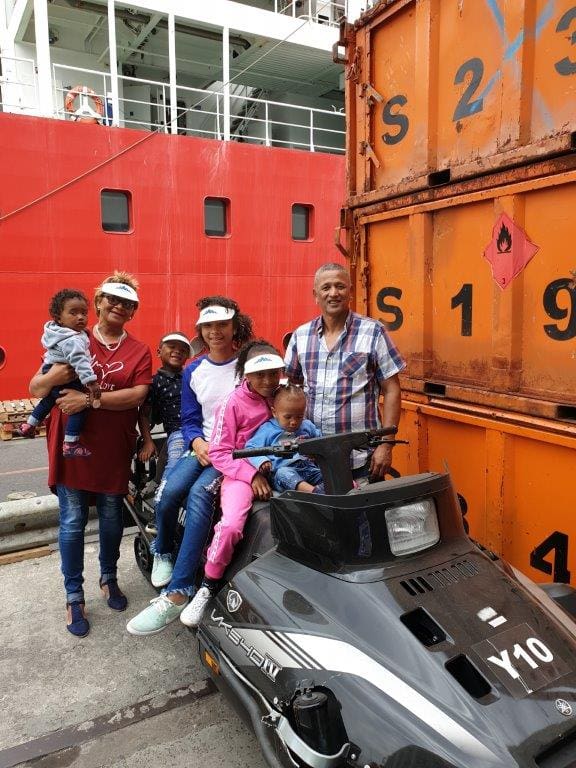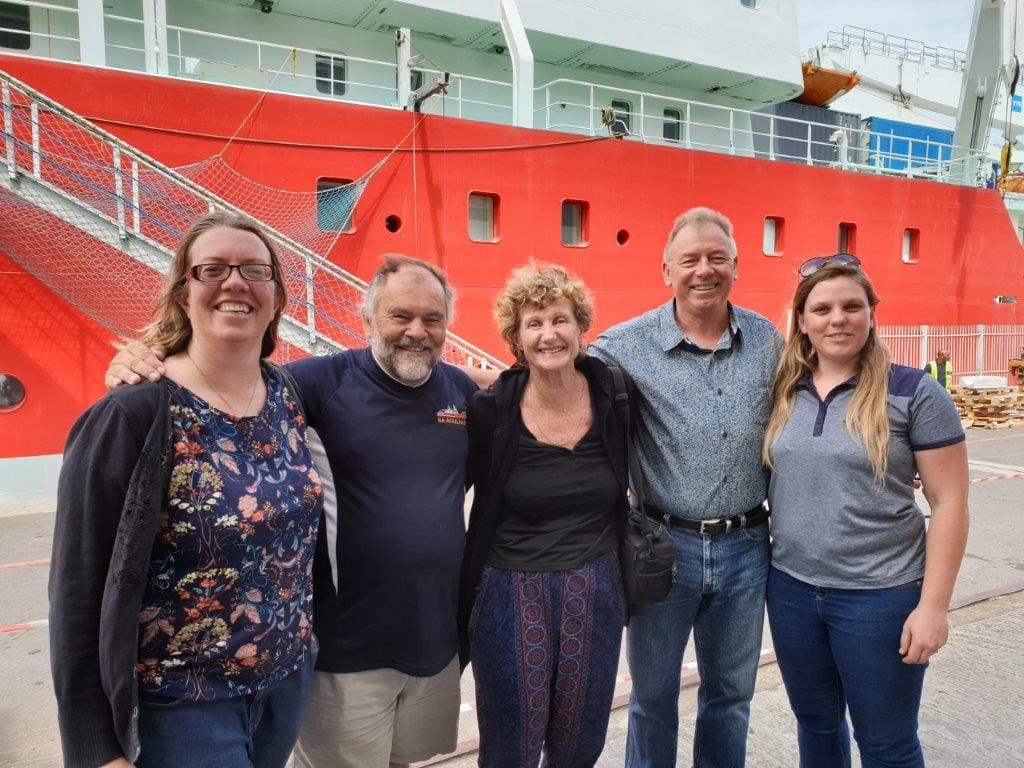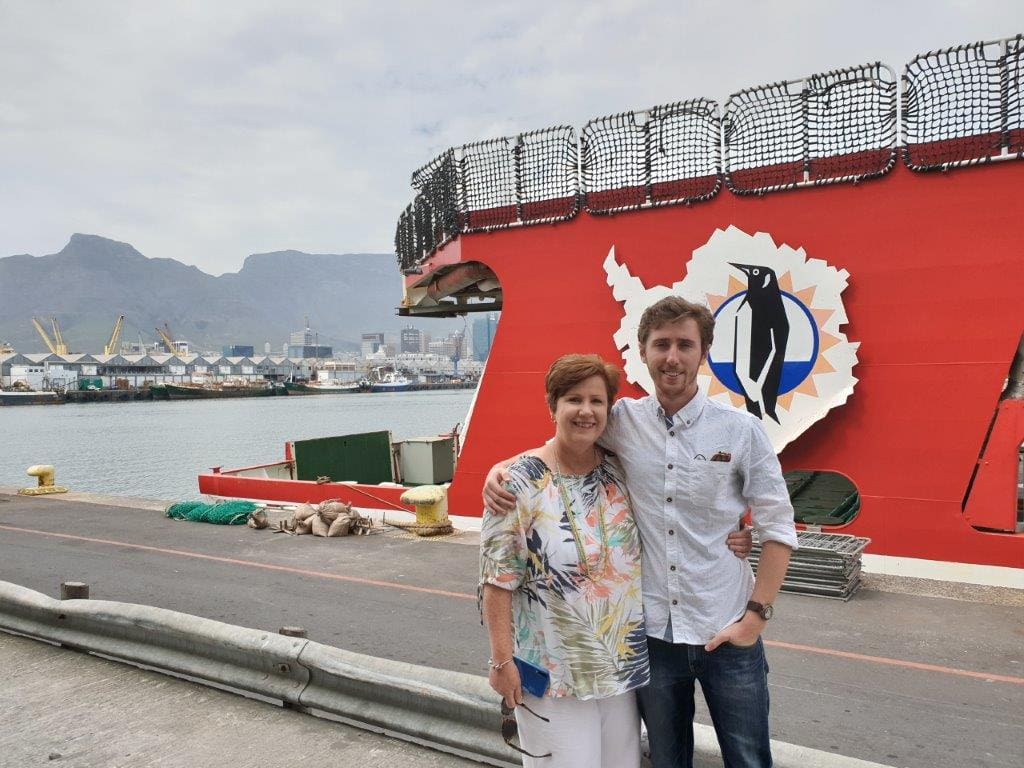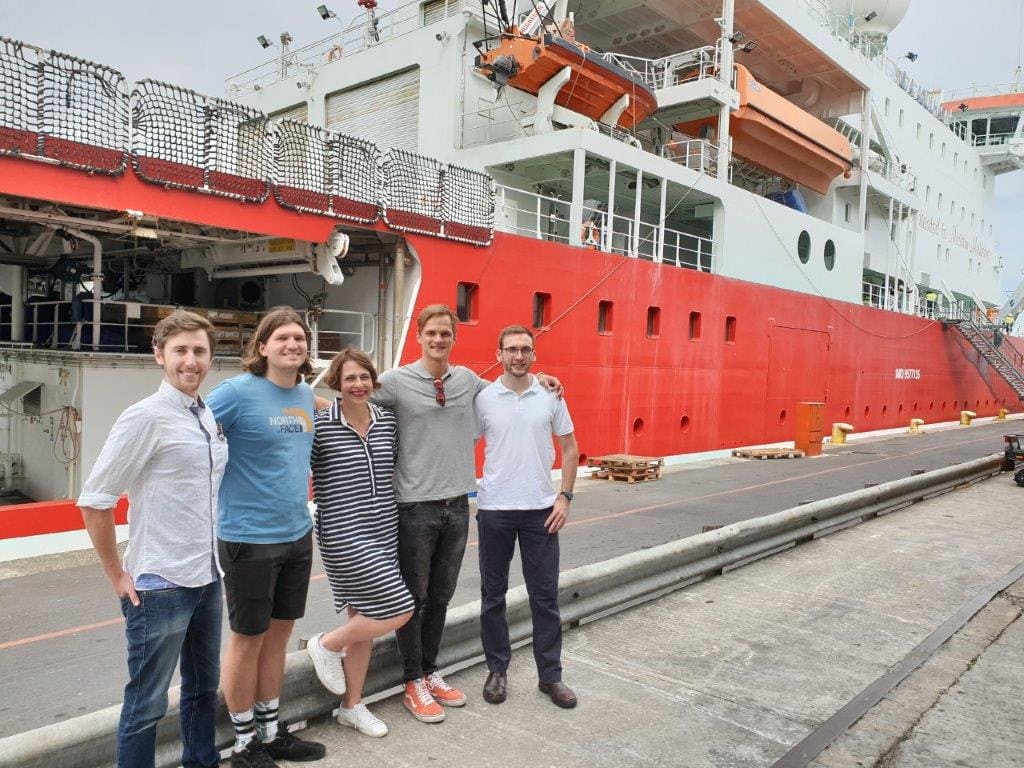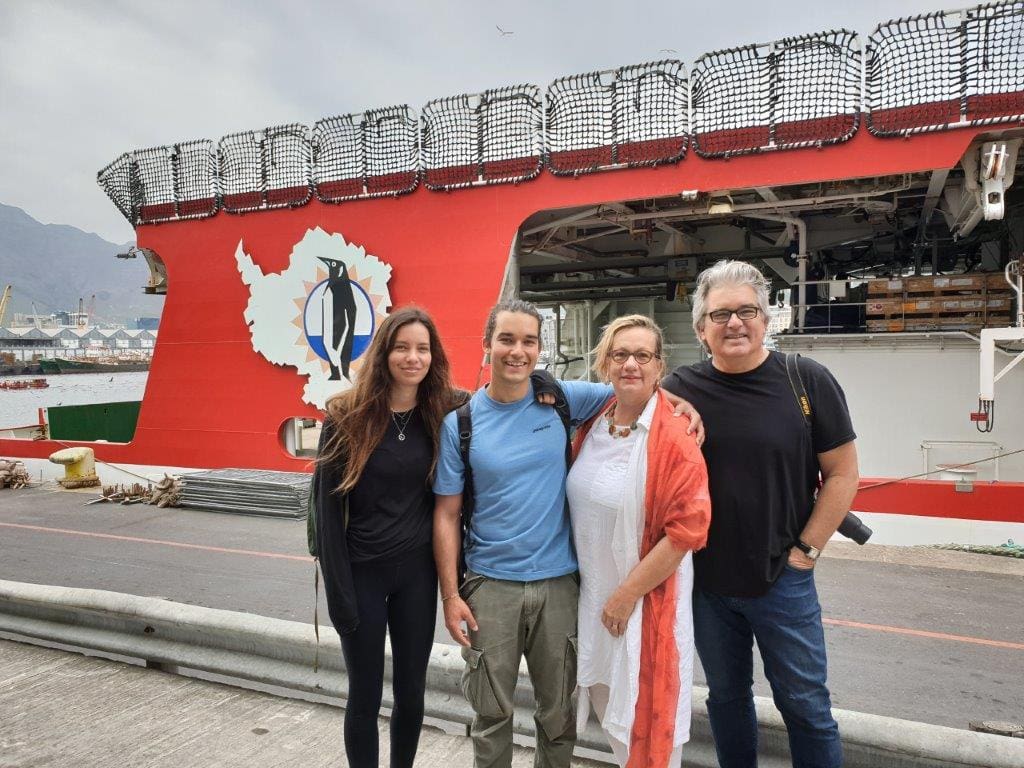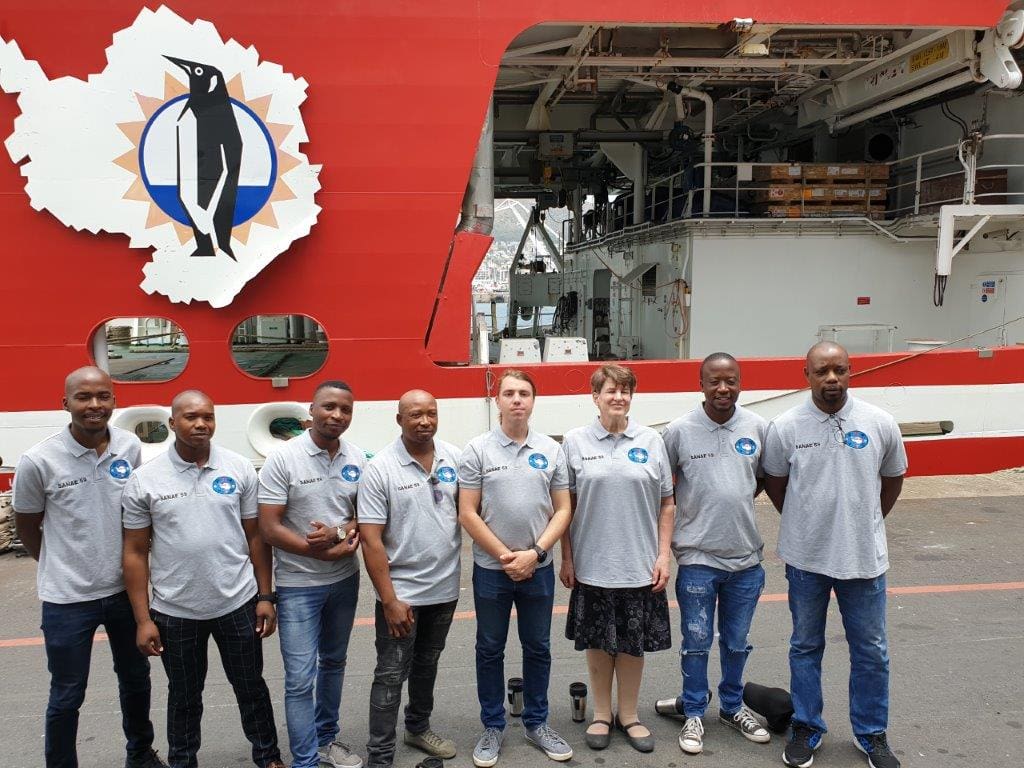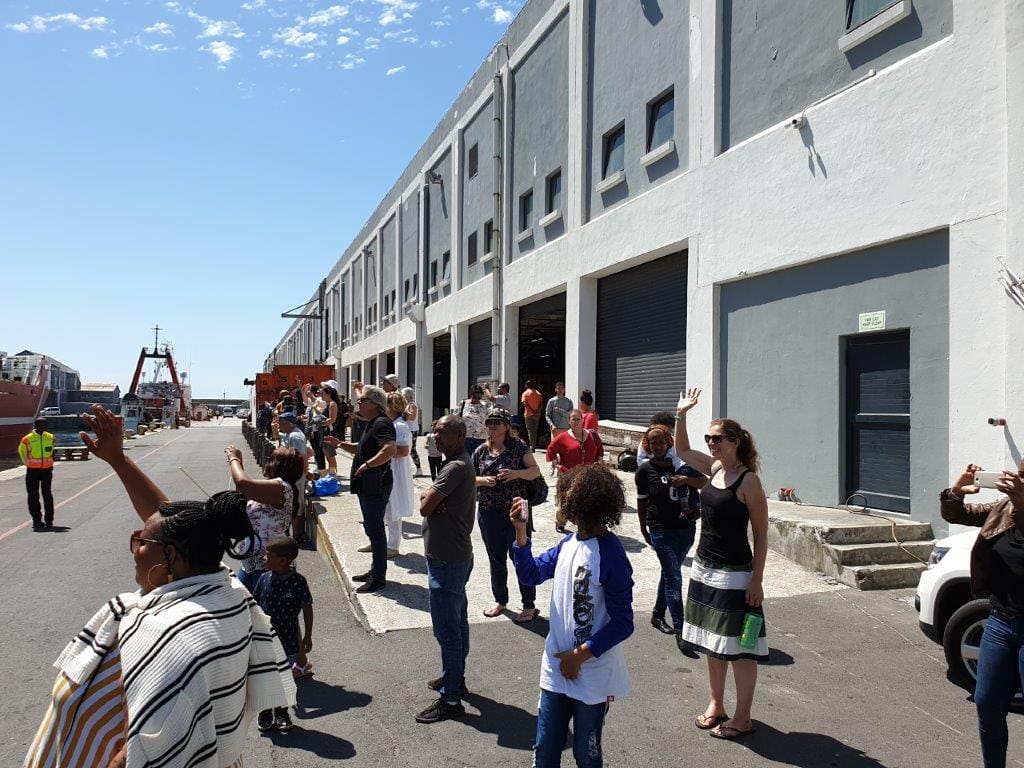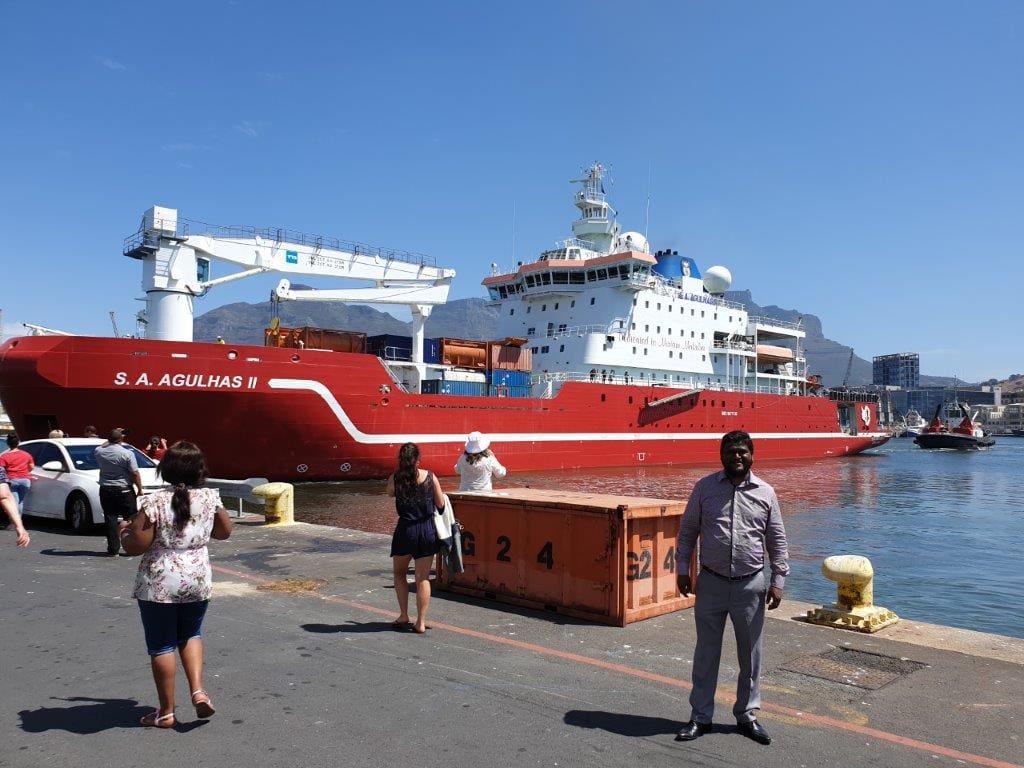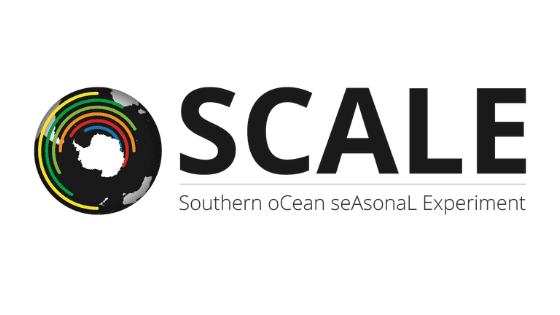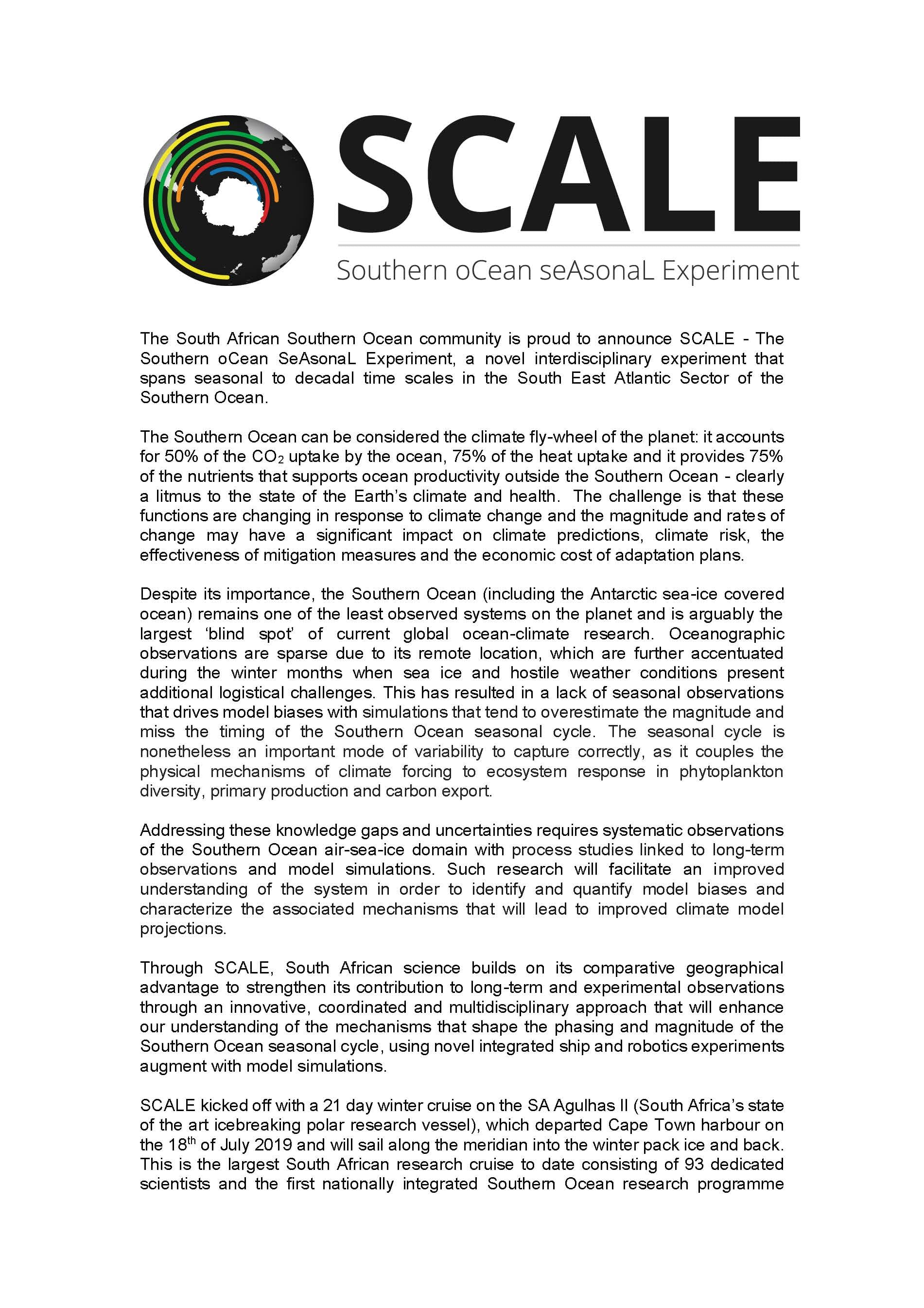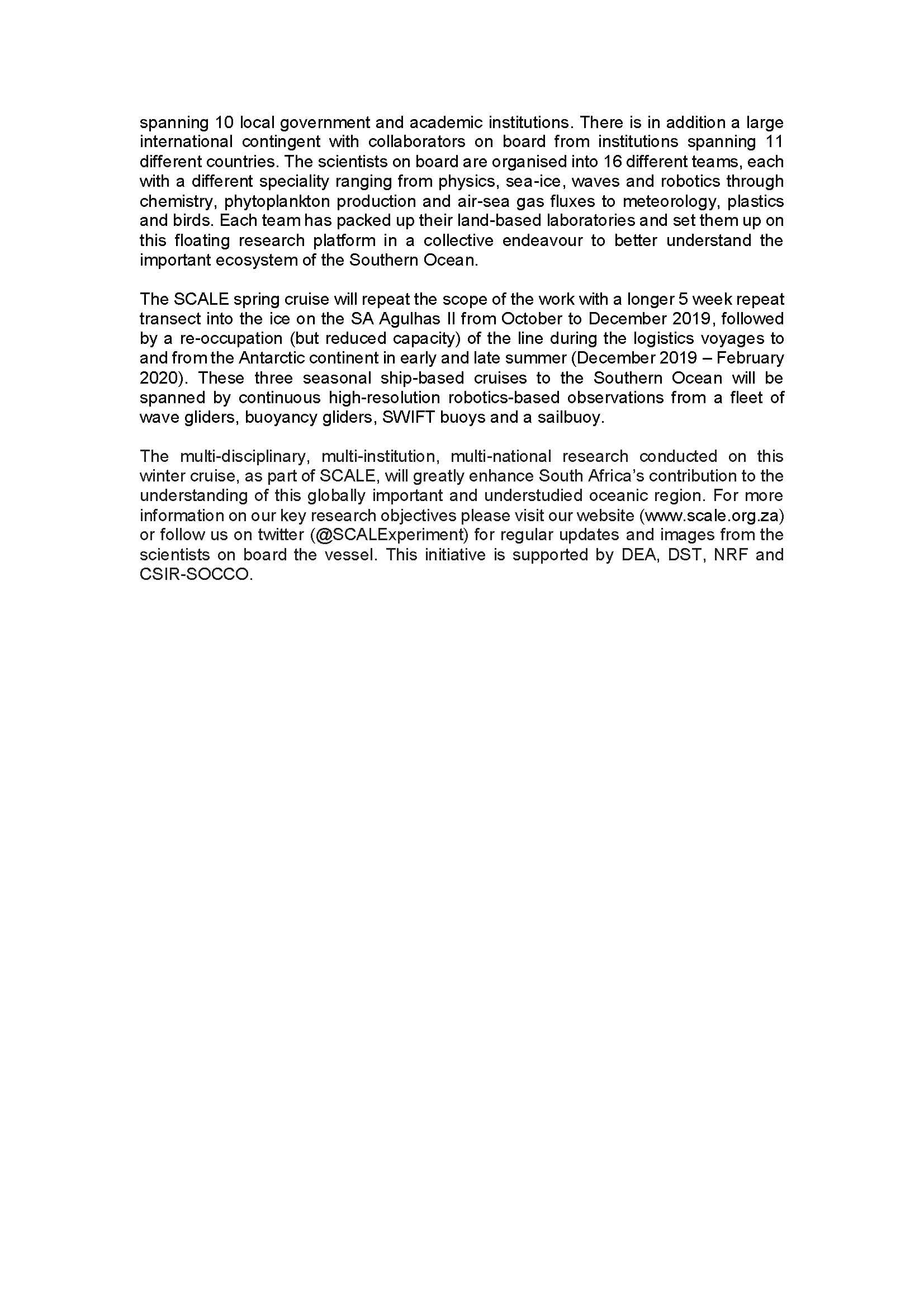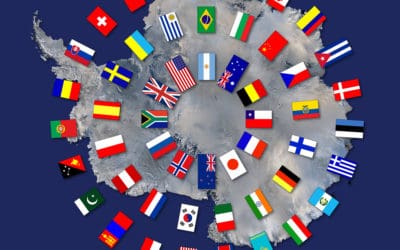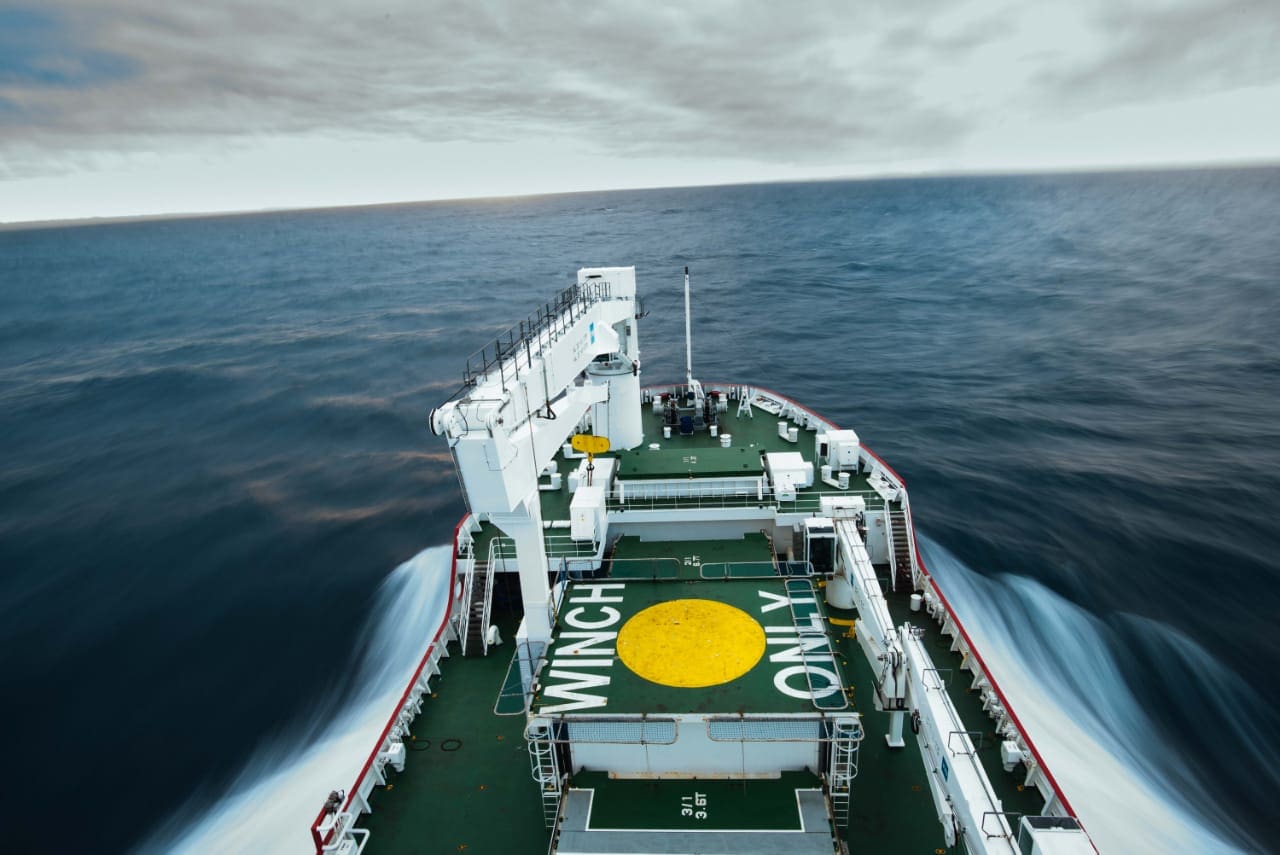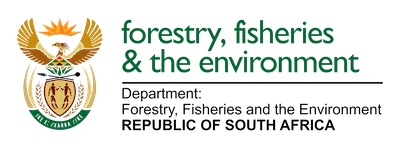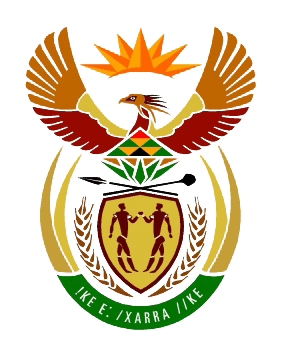
by Ria Olivier | Feb 5, 2020 | Announcement, Current Event, Fellowship, SA Agulhas II, SEAmester, Southern Ocean, Uncategorised

CLOSING DATE extended to 13 MARCH 2020
DOWNLOAD APPLICATION FORMS
SEAmester – South Africa’s Class Afloat aims to introduce marine science as an applied and cross-disciplinary field to students who have shown an affinity for core science disciplines. It will combine traditional class-room lectures with hands-on ship-based deck activities for a maximum of 46 students; while providing them with an opportunity to support specialist scientists in recognised marine research activities. Our research group comprises of over 30 oceanographic, fisheries, biogeochemical and biological experts, who jointly have trained over 600 Southern African students on-board a wide variety of international and local research vessels. read more at SEAmester website
How do I qualify?
A maximum of 46 post-graduate (Honours/BTech, MSc/MTech, PhD and Interns) University and Technikon students will be selected nationwide. Applications will be accepted from currently registered post-graduate students with a background in marine or similar sciences. Past sea-going experience is not compulsory. Left: Rudzanie Silima best Student SEAmester 2019 with Prof Isabelle Ansorge of UCT
 What ship will SEAmester take place on?
What ship will SEAmester take place on?
The new South African polar research vessel SA Agulhas II will be used for SEAmester V. The SA Agulhas II is a state-of-the-art icebreaker and is fully equipped for all marine research activities. To find out more go to https://www.sanap.ac.za/
What will it cost me?
Nothing. SEAmester is fully funded through the Departments of Science and Technology (DST) and Environmental Affairs (DEA). All board and lodging onboard the SA Agulhas II will be provided free of charge through SEAmester.
What research will SEAmester be involved in??
SEAmester will run in parallel to the scientific objectives of the Agulhas System Climate Array (ASCA) spearheaded by DSTs SAEON Egagasini node. ASCA is a multi-institutional, international collaboration and designed to provide the first long-term observations of Agulhas Current volume, heat and salt transport and its variability from seasonal to interannual timescales. ASCA’s objectives are to determine how the Agulhas Current and its role in the global conveyor belt varies over time. To find out more go to http://asca.dirisa.org

Listening for mammal sounds.

Working on their Aghulus bottle opener in the practical session.
What will be expected from me?
You will be expected to choose one of two module steams – either Tools of the Trade or Oceans in a Changing World (see overleaf). Learning will comprise of daily class-room lectures, daily assignments and deck work – running in parallel to the ASCA programme. Students from both streams will also provide research support to specialist scientists and obtain daily hands-on deck training, data collection, sampling and data analysis. Each student will gain experience working with the full suite of oceanographic, atmospheric and biological ship-based instrumentation such as CTD, underway measurements and autonomous devices such as Argo, SVP drifters as well as gain experience on all biological net tows. Training on data analysis following each deployment will be given, as well as technical and electronic experience in calibrating, assembling and modifying each instrument. In addition, each student will work on a specific scientific mini-project related to their area of interest and the scientific research underway.
What are the tentative dates for SEAmester?
SEAmester will depart on the 13th July returning to Cape Town on the 24th July 2020. Travel arrangements and costs will be made through the SEAmester programme for all students residing outside of the Western Cape. PLEASE NOTE: Applicants to be aware that the cruise dates may be subject to change by a few days.
What travel documentation must I have?
SEAmester will be working outside of South African waters and therefore all participants are requested to have a valid passport. SAMSA approved medicals will be required and costs incurred will be covered by the SEAmester programme. Students with study visas need to ensure that their visas have not expired.
Is there reading material – See the attached files (SANCOR site) for any additional reading material, or contact Isabelle.Ansorge@uct.ac.za
See SEAmester 2019 videos on SEAmester website as well as the previous years

by Ria Olivier | Dec 23, 2019 | Antarctica, Current Event, Overwintering Team, SANAE, SANAE 59, Team Photo

SANAE 59 Logo
Over the past 60 years, South Africa has sent down an overwintering team to South Africa’s station in Antarctica. This event start early on for applications to be posted for the team and then a huge amount of work go into planning for the next overwinter and takeover period. After months of planning and preparation by different government departments and institutions, the day of departure arrives.
Early on, all the team members arrive. The crew of the S. A. Agulhas II get our South African vessel ready for departure. Takeover personnel, research teams, The Department of Public Works and other institutions arrive to make sure everything is loaded to carry out their tasks during the takeover period.

Misokuhle Bulayane, Mardené de Villiers, Thandiwe Gumede and Zach Mogale of SA Weather services

Back L-r: Thabang Tshupo, Bertus Roos, Andrew Kietzmann, Riaan Marx, Front:Thabo Thebe, Thato Mareme, Markus Viljoen. SANDF drivers team 2019/2020

Back L-r: Thabang Tshupo, Bertus Roos, Andrew Kietzmann, Riaan Marx, Front:Thabo Thebe, Thato Mareme, Markus Viljoen. SANDF drivers team 2019/2020

SANSA colleagues wishing the group farewell. Back (L-R): Anita Engelbrecht, Vhulahani Manukha, Ziyaad Isaacs, Pierre Retief, Jon Ward, Stephanus Schoeman, Thomas Chauque, River Yaffe, Johan O Kennedy Front (L-R): Keitumetse Molamu, Camilla Smyth, Abigail Meyer, Jean Van Zyl
Family members, colleagues and friends come to say goodbye to their loved ones, who will be gone for more than a year.

Leon George of Public Works saying goodbye to family as he will not be home during the festive season

Mariëtte Wheeler, Bruce Dyer, Linda Clokie, Heine Smith and Mardené de Villiers- Friends from the Antarctic Legacy of South Africa at departure of SA Agulhas

Dr Marnel Mouton of Stellenbosch University with her son Jandre Mouton part of the Sound and Vibration research group

Jandre Mouton, Karl Pferdekamper, Jaco Laas and Ben Steyn of the Sound & Vibration Research Group at Stellenbosch University ready to depart on the S.A. Agulhas II with them Prof Annie Bekker

Our friends from Iziko – Sentinels of the South exhibition Nkosingiphile Mazibuko
& Sesethu Coto

Alexander Oelofse with Family before departure
The overwinter team SANAE 59 is announced. A farewell speech for the team is given by Dr Judy Beaumont (Deputy-Director: Oceans and Coasts of the Department of Environment, Forestry and Fisheries).
SANAE 59 Overwintering Team:

Zach, Thulani, Vhule, Taunyane, Pierre, Aby, Lodrick and John
Medical Doctor and Team Leader : Dr Abigail Paton
Electrical Engineer : Mr Lodrick Hlungwane
Mechanical Engineer : Mr Thulani Ngwaqa
Diesel Mechanic : Mr Michael Taunyane
Diesel Mechanic : Mr John Skeleti
Senior Meteorologist : Mr Zacharia Mogale
Engineer (SANSA) : Mr Pierre Retief
Engineer (SANSA) : Mr Vhulahani Manukha
The following personnel are on board the S.A. Agulhas II as part of the takeover team that are taking responsibility during take-over at the South Africa Station as well as on the journey down south:
Departmental Co-Ordinating Officer (DCO) Ms Kusi Ngxabani
Assistant DCO Mr Onke Nyanda
Administartor Officer Ms Zanele Ntobole
Technical Officer Mr Sibusiso Mhambi
Waste Technicians Mr Mazizi Salmani
Mr Tatulo Fiphaza
Chaplain Chaplain Samuel Britz
Master of the S.A. Agulhas II Captain Gavin Syndercombe
A last few good-byes and photos and a team photo conclude the activities.


 The ship’s engines are running, the horn sounds and lastly the ladder is pulled up – off they go to be at sea for little more than a week until the ice shelf is reached.
The ship’s engines are running, the horn sounds and lastly the ladder is pulled up – off they go to be at sea for little more than a week until the ice shelf is reached.
We wish SANAE 59 a successful time at SANAE IV !
(more images available on Antarctic Legacy of South Africa archive)

by Fishgate@sanap | Aug 1, 2019 | Antarctica, Current Event, News, Research, SA Agulhas II, SANAP, Science, Southern Ocean
Jean Loock and Johan Viljoen, Stellenbosch University doctoral candidates currently onboard the S.A. Agulhas II, gave some insight on why the TracEx -group is so interested in studying the Southern Ocean during winter and the particular interest in the seasonal sea-ice.
“Phytoplankton are microorganisms that help regulate global climate through carbon dioxide uptake as they photosynthesise. To do this they require nutrients but in the remote oceans food is scarce, resulting in fierce competition and poor growth of these plankton. However, within the seasonal sea-ice that grows during winter and extends northwards from Antarctica, a thriving little community of microorganisms exist.
Our team is looking to analyze the snow layer on the ice, the ice itself and the water below the ice in an attempt to understand how these nutrients are concentrating within the ice. It may be that during the summer melting phase, these nutrients are expelled from the ice and provide the food required for large scale blooms of phytoplankton and thereby improved carbon dioxide uptake. These curious cases are crucial to improving our understanding of the climate system in a changing environment”.
Follow the TracEx Group on Facebook and Twitter.
Preparing the Mini Geotraces CTD Rosette before the cruise:
On the day of the first launch, during the #SCALExperiment #WinterCruise2019 .

Team TracEx getting ready to deploy their new mini CTD rosette in ice conditions to collect water samples to study the trace metals in the water column below ice. Photo Credit: Johan Viljoen
For more information on #SCALExperiment #WinterCruise2019 – click here.
Anché Louw, Antarctic Legacy of South Africa, 01 August 2019

by Fishgate@sanap | Jul 24, 2019 | Current Event, Research, Science, Southern Ocean
Cruise Date: 18 July 2019 until 12 August 2019.
Do you want to know more about this year’s SCALE (Southern oCean seAsonal Experiment) Winter Cruise, which is multi-disciplinary, multi-institution, multi-national research conducted in the Southern Ocean?
Click on the media brief below for more information:


For more information on this year’s scientific programme and to meet the national and international partners part the cruise – click here.
Check out the following hashtags on social media:
#SCALExperiment and #WinterCruise2019
https://www.facebook.com/AntarcticLegacySA/posts/911389042533372

by Fishgate@sanap | Jul 11, 2019 | Antarctica, Current Event, Meetings, News, SANAP
South Africa’s permanent presence on the Antarctic continent commenced shortly after the Norwegians announced the evacuation of their Antarctic base, which was established for the International Geophysics Year (IGY), in the Dronning Maud Land region (approximately 4000 km south of Cape Town). This base was taken over by South Africa in 1959, during the first South African National Antarctic Expedition (SANAE), under the leadership of J.J. ‘Hannes’ la Grange (also Senior Meteorologist of the team).

1st SANAE Overwintering Team of 1960 (L-R: André van der Merwe, Dick Bonnema, Hannes la Grange, Marten du Preez, Blackie de Swardt).

Antarctic Treaty counties: Argentina, Australia, Belgium, Chile, France, Japan, New Zealand, Norway, South Africa, United Kingdom, United States and USSR.
In the same year, South Africa, along with eleven other countries signed the Antarctic Treaty, hence SA is one of the founding members of the Antarctic Treaty System (ATS), and however South Africa never made a territorial claim in Antarctica, is seen as a “consultative party” within the Antarctic Treaty, due to its legitimate interest in Antarctica (Viall 1991).
The Antarctic Treaty can be described as “agreements and arrangements which regulate international relations and activities in Antarctica” (Viall 1991). The aim of the Antarctic Treaty was to ensure that Antarctica (the area south of 60° S latitude) would be used for no other than peaceful purposes. The Antarctic Treaty also stipulates that military activities, nuclear explosions and the disposal of radioactive waste are prohibited in Antarctica (The Antarctic Treaty, 1959). Read more here.
South Africa has certain obligations to the ATS regarding conservation on Antarctica and on its sub-Antarctic islands and form part of the Conservation of Albatrosses and Petrels (ACAP) and Convention for the Conservation of Antarctic Marine Living Resources (CCAMLR).
The Antarctic Treaty Consultative Meeting (ATCM) kicked off in 1961 and was held biennially, however since 1994 it became evident that this meeting should be held annually. As stipulated by the Secretariat of the Antarctic Treaty, ‘the meeting is hosted by Consultative parties according to the alphabetical order of their English names’.
This year the meeting in held in Prague, France. South Africa’s delegation consists of:
- Chief Director: Specialist Monitoring Systems (Mr L. Fikizolo) – HoD
- Director: Earth Systems Strategies (Mr M. Dopolo),
- Acting Director: Integrated Projects and International Coordination (Mr Y. Mngxe),
- State Law Advisor: Department of International Relations and Cooperation (Ms R. Brammer).
Furthermore South Africans, Richard Skinner (previously with the South African Department of Environmental Affairs and a long-time participant within the South African National Antarctic Programme) and Lize-Marié van der Watt (Doctor of Philosophy at KTH Royal Institute of Technology, Stockholm, Sweden) are currently also at this meeting as part of the Antarctic Treaty Secretariat support staff.
References:
The Antarctic Treat (1959) http://blogs.sun.ac.za/antarcticlegacy/wp-content/blogs.dir/189/files/2015/10/The-Antarctic-Treaty1.pdf
Viall JD (1991) South Africa: The Road to the Antarctic Treaty. South African Journal of Antarctic Research, Volume 21:125-128.
Anché Louw, Antarctic Legacy of South Africa, 11 July 2019.

by Fishgate@sanap | Jul 9, 2019 | Current Event, News, Research, SA Agulhas II, SANAP, Science, Southern Ocean
On the 1st of July 2019, 41 students from various universities across South Africa have set sail from the Port of Cape Town, onboard the S.A. Aghulus II, as part of the annual SEAmester course run by Prof Isabelle Ansorge from the Department of Oceanography, University of Cape Town. Assisting her onboard is Tahlia Henry, programme coordinator; watch this interview with Tahlia just before departure. Students who are in the marine field of study and who make it through the hundreds of applications get the fantastic opportunity to participate in this 11-day South African class afloat. The cruise travels up the coast to Port Elizabeth where the vessel turns into the deeper oceans in order to travel along the ASCA line. The line plots its course at certain intervals, where CTD (conductivity, temperature and depth) tests are done.
While students are onboard the days are filled with a selection of lectures and practicals, run by leaders in the field of marine science. The practicals give students some hands-on experience within their field of interest, for example students get to partake in CTD observations where the CTD is lowered to different depths at different points along the cruise to measure depth, salinity and temperature. These observations are done in order to gain a better understanding of the Aghulus current. The South African Weather Service also has a meteorological technician/forecaster onboard, demonstrating the release of a weather balloon, while informing students on the data gathered from the radiosonde (box attached to the balloon gather certain data) – view this video to learn more about weather observations from the S.A. Agulhas II. Other practicals onboard include; dissections on marine mammals, parasitology studies, seafloor sediments studies, mammal observations and micro plastic sampling.
Surrounded by the blue ocean looking left, right, backwards and forwards reminds one of the vastness of the ocean. Sunrises and sunsets are most definitely a highlight for students as they are able to watch the sun break through the horizon from the monkey deck.
The cruise has thus far experienced some great weather in the first few days, but we did end up face to face with a cold front. It was a slightly bumpy ride to say the least as the vessel had to navigate its way through 9m swells and 40 knot winds.
The vessel is expected to back in the Port of Cape Town by morning, 11 July 2019.

S.A. Ahulhas II moving through calm waters. Photo Credit: Alex Oelofse.
All photo supplied by the photographer onboard the vessel: Alex Oelofse.
Author: Alex Oelofse, Photographer onboard the vessel. Edited by: Anché Louw, 09 July 2019.


 What ship will SEAmester take place on?
What ship will SEAmester take place on? 

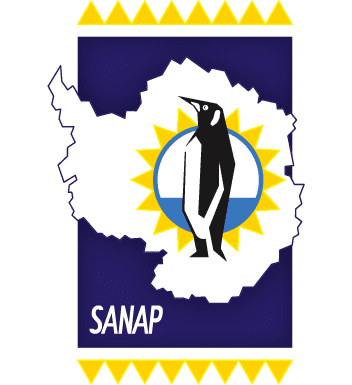
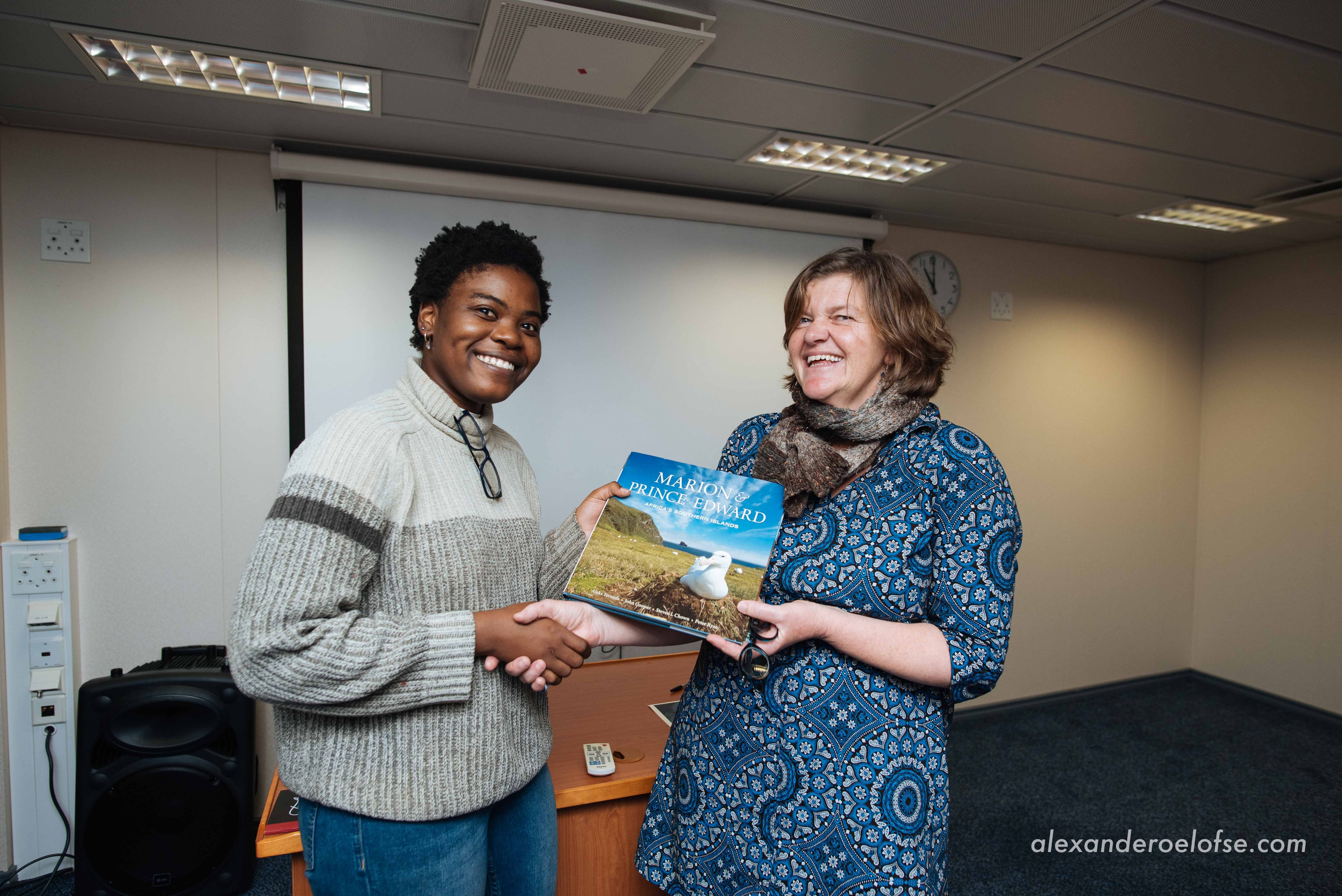
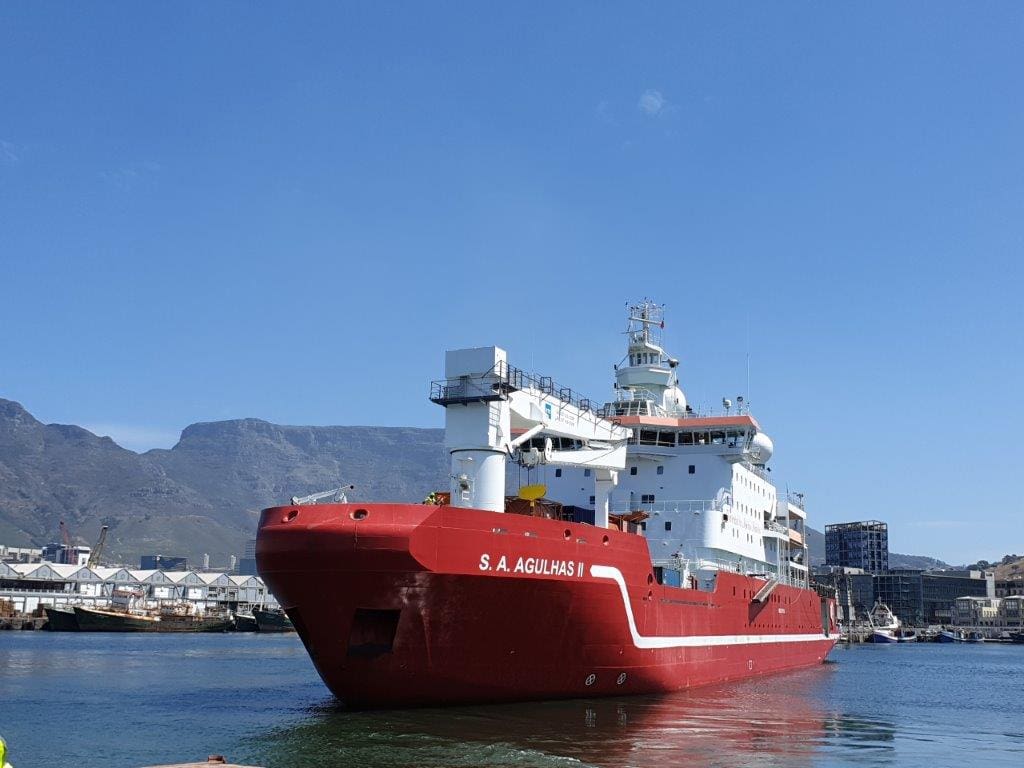 What ship will SEAmester take place on?
What ship will SEAmester take place on? 
